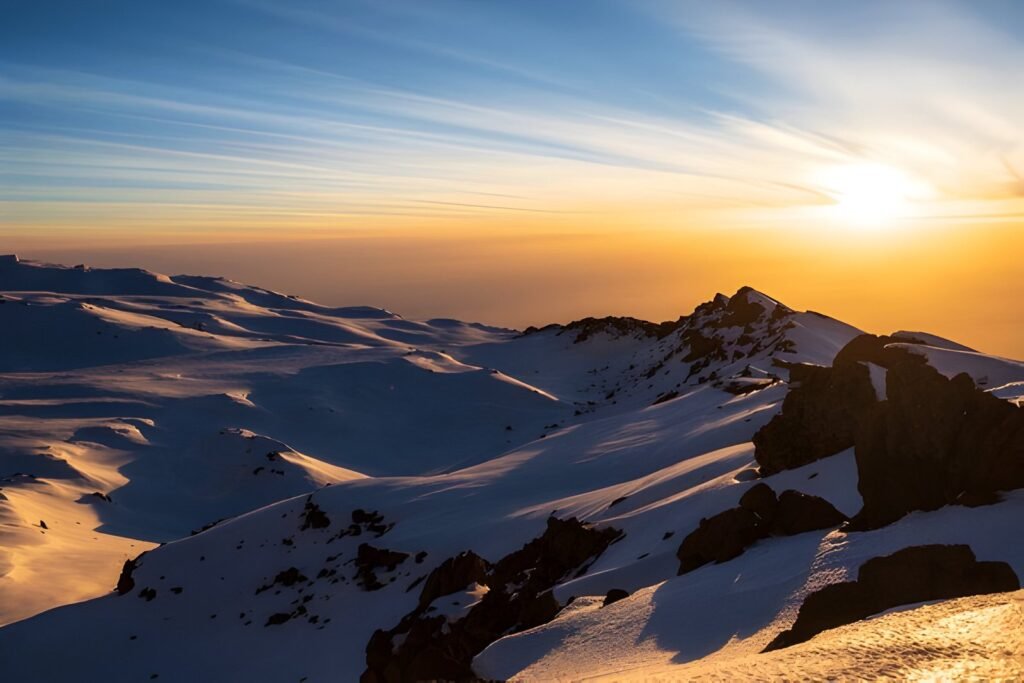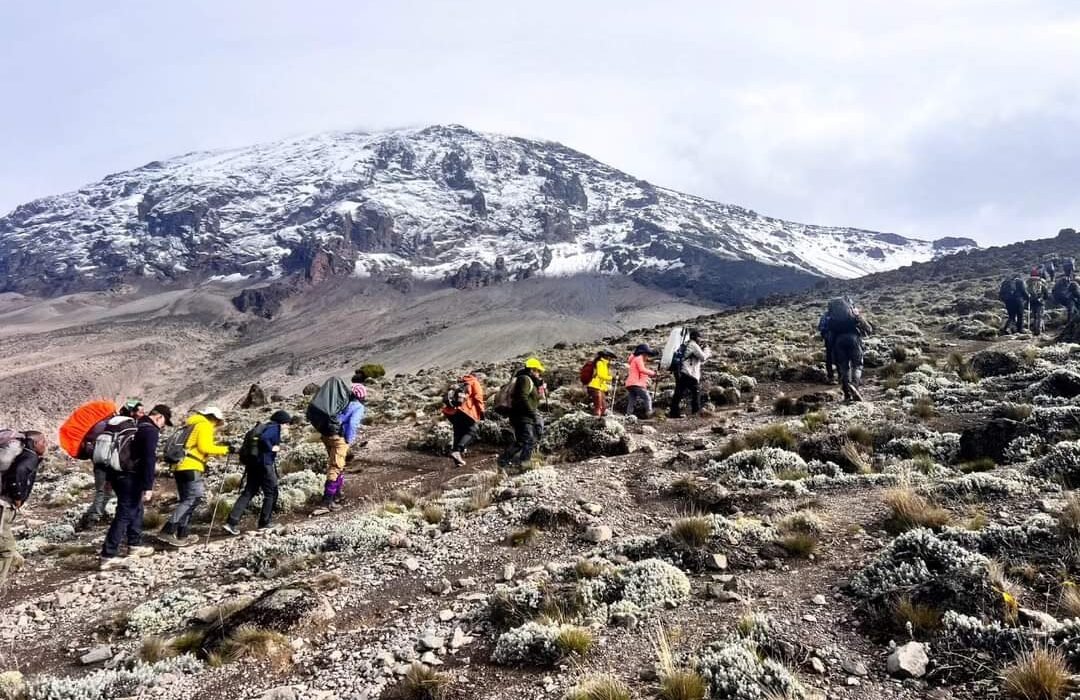The Cost of Climbing Kilimanjaro: A Comprehensive Guide / Understanding the Factors that Influence the Cost of Climbing Kilimanjaro
The Cost of Climbing Kilimanjaro: A Comprehensive Guide can vary significantly depending on several factors, including the chosen trekking route, the duration of the expedition, the level of service and amenities, and the tour operator you select

The Cost of Climbing Kilimanjaro: A Comprehensive Guide : Trekking Route
The Kilimanjaro trekking routes differ in their duration, difficulty, and the infrastructure available along the way. Generally, the longer and more challenging routes, such as the Lemosho and Machame routes, tend to be more expensive than the shorter and more direct routes like the Marangu and Rongai
The Cost of Climbing Kilimanjaro: A Comprehensive Guide / Duration of the Expedition
The length of the Kilimanjaro trek is a major cost driver. Longer expeditions, typically 7-8 days, offer a higher success rate but come with a higher price tag due to the additional days of porters, meals, and accommodation.
The Cost of Climbing Kilimanjaro: A Comprehensive Guide / Level of Service and Amenities
The level of service and amenities provided by the tour operator can significantly impact the overall cost. Higher-end operators may offer more comfortable accommodations, better-trained guides, and additional support services, which are reflected in the trip price.
The Cost of Climbing Kilimanjaro: A Comprehensive Guide / Tour Operator Selection
The choice of tour operator is crucial, as prices can vary considerably depending on the company’s reputation, sustainability practices, and the quality of their services.
Typical Cost Breakdown for Climbing Kilimanjaro
Transportation
This includes airport transfers, transportation to and from the trailhead, and any other necessary ground transportation.
Permits and Fees
Climbing Kilimanjaro requires permits from the Kilimanjaro National Park, which can be obtained through your tour operator.
The Cost of Climbing Kilimanjaro: A Comprehensive Guide / Camping and Accommodation
Depending on the route, you’ll need to pay for camping fees, hut accommodations, or a combination of both.
The Cost of Climbing Kilimanjaro: A Comprehensive Guide / Porters and Guides
Porters to carry your luggage and experienced guides to lead your expedition are essential and contribute significantly to the overall cost.
Meals and Drinking Water
Your tour operator will provide meals and drinking water throughout the trek, which are factored into the overall price.
Equipment Rental
If you don’t have your own specialized gear, such as sleeping bags or trekking poles, you may need to rent equipment, adding to the cost.
Tips and Gratuities
It’s customary to tip your guides, porters, and support staff, which should be budgeted for.
Budgeting for Your Kilimanjaro Expedition
Researching and Comparing Tour Operators
Thoroughly research and compare tour operators to find the best value for your budget while ensuring a safe and high-quality experience.
H3: Considering Additional Expenses

Don’t forget to factor in any additional expenses, such as travel insurance, personal gear, and any pre- or post-trek activities you might want to engage in.
The Cost of Climbing Kilimanjaro: A Comprehensive Guide / Budgeting for Contingencies
It’s wise to allocate a buffer in your budget to account for unexpected expenses or changes in the itinerary.
The Cost of Climbing Kilimanjaro: A Comprehensive Guide FAQs:
What is the average cost of climbing Kilimanjaro?
The average cost of climbing Kilimanjaro ranges from $2,000 to $4,000 per person. This includes park fees, guide services, meals, camping equipment, and transportation. Higher-end packages can cost more, offering added comfort and services.
How can I save money on my Kilimanjaro trek?
To save money, consider joining a group trek, booking directly with local operators, and avoiding peak seasons. However, prioritize safety and quality over extremely low prices, as budget options may compromise on essential services.
Are there any hidden costs I should be aware of when planning a Kilimanjaro expedition?
Yes, potential hidden costs include:
- Tips for guides and porters (around $200–$300 per climber).
- Gear rentals if you don’t own climbing equipment.
- Travel insurance with high-altitude coverage.
- Visa fees and vaccinations.
Always clarify inclusions with your operator to avoid surprises
The Cost of Climbing Kilimanjaro: A Comprehensive Guide / Conclusion:
Climbing Mount Kilimanjaro is a life-changing experience, but it does come with a price tag. By understanding the various factors that influence the cost and creating a comprehensive budget, you can ensure a successful and unforgettable Kilimanjaro expedition that fits your financial constraints. Start planning your journey to the “Roof of Africa” today and let us guide you through the cost considerations every step of the way.

